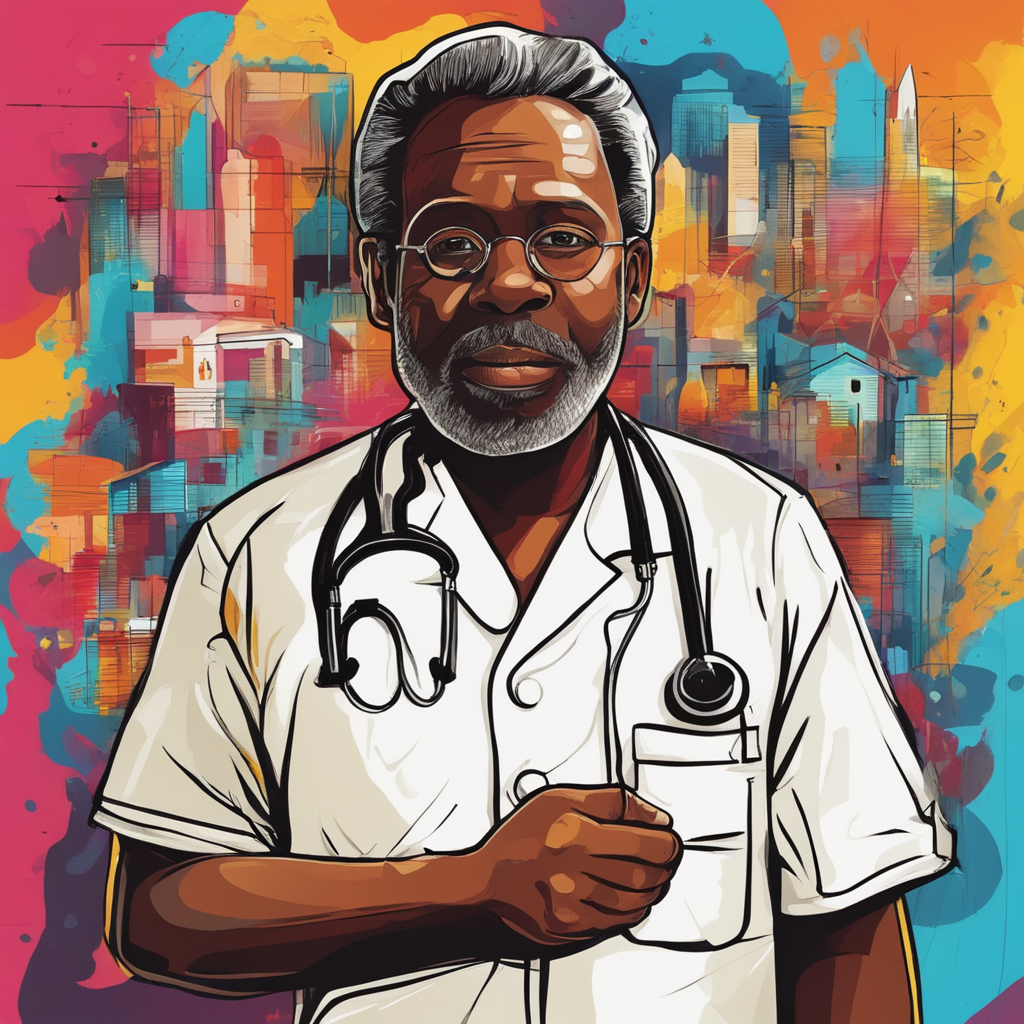Introduction
Reverse T3 has undoubtedly garnered a considerable amount of attention in recent years. Some alternative health websites that discuss reverse T3 syndrome suggest that this non-thyroidal illness once considered relevant only for critically ill patients in the ICU or hospital, is now also found in non-hospitalized patients with hypothyroidism.
Typically, reverse T3 levels tend to be elevated in patients with non-thyroidal illnesses such as infection, inflammation, or other severe medical conditions.
Advocates of reverse T3 syndrome recommend treating these patients with T3 hormone to reduce the levels of reverse T3. These sources often point to a specific objective: maintaining a free T3 to rT3 ratio greater than 0.2 as a benchmark for adjusting T3 therapy.
It is, however, important to note that the body’s adjustment of thyroid hormone levels in response to stress serves a purpose—it is not inherently a condition that needs “fixing,” but rather a symptom of an underlying issue that should be addressed, such as the non-thyroidal conditions I mentioned earlier.
Therefore, mislabeling a physiological response as a disease is not scientifically accurate.
Medical conditions that may present with a high reverse T3 level?
- Severe illness such as overwhelming sepsis
- Fasting or starvation
- Undiagnosed obstructive sleep apnea
- Trauma
- Malignancies
- Stress
- Psychiatric illness
- Heart failure
- Liver cirrhosis
- Diabetic ketoacidosis
- Inflammatory diseases like lupus and rheumatoid arthritis
- HIV infection etcetera
Now, lets take a quick look at the regulation of thyroid hormone in the human body.
Normal Regulation of Thyroid Hormone
Thyroxine (generally referred to as T4), exclusively produced by the thyroid gland, is a prohormone that gets converted into the active form, triiodothyronine (also known as T3). The chemical reaction that results in this change is under the influence of an enzyme known as deiodinase.
T3 serves as the key that unlocks the door to thyroid hormone receptors. As you may know, by activating thyroid hormone receptors within various cells, T3 helps to regulate metabolism.
T4 gets converted to T3 by various deiodinase enzymes located in the liver, kidneys, muscle, and pituitary gland. These deiodinase enzymes not only convert T4 to T3 but also to an inactive form known as reverse T3.
What is the reverse T3 theory?
Well, they argue that an increase in reverse T3 levels can lead to hypothyroidism through two mechanisms:
- reverse T3 strongly inhibits the effects of T3 by competing for thyroid hormone receptor sites
- reverse T3 interferes with the conversion process of T4 to T3.
Let us examine the validity of these mechanisms in a logical manner.
The current evidence indicates that T3 has a significantly higher affinity for the thyroid hormone receptor— indeed over a 100 times greater than reverse T3.
This certainly calls into question the hypothesis that reverse T3 can effectively block the action of active T3 in the human body. Remember, T3 binds to the thyroid hormone receptor over a hundred-fold greater than reverse T3.
To better understand this, I will use this analogy. Think of T4 as an army of 100 spartans and reverse T3 as a 6-month-old infant. How on earth will this child be able to open the gates of Troy after 100 able-bodied spartans have failed?
At the present moment, there is no evidence to support the use of T3 supplements to improve symptoms in hypothyroid patients with high reverse T3 levels.
Furthermore, there is evidence to suggest that unnecessary T3 supplementation can lead to an increased risk of arrhythmias (also known as an abnormal heart rhythm), strokes, and bone loss.
We will talk about the circumstances under which additional T3 may be recommended for hypothyroid patients in a future post.
While many supporters of reverse T3 syndrome advocate for (and often sell) supplements like selenium, zinc, and various thyroid supports, there is no substantial evidence that selenium deficiency plays a central role in the elevation of rT3.
On a positive note, many practitioners who subscribe to the reverse T3 syndrome theory emphasize identifying and managing underlying factors, often pointing to issues such as insulin resistance, inflammation, food and chemical sensitivities, altered gut microbiome, and abnormal cortisol levels.
While these may be relevant, they also come with their own set of ambiguities and the potential for promoting additional unnecessary or even harmful supplements and products.
If you have hypothyroidism, in addition to taking your thyroid hormone replacement appropriately, maintaining good sleep hygiene, stress management, regular physical activity, and a balanced diet will improve your health.
I hope you found today’s topic informative.
References
Gärtner R. Selenium and thyroid hormone axis in critical ill states: an overview of conflicting view points. J Trace Elem Med Biol. 2009;23(2):71–4.
Utiger RD. Altered thyroid function in nonthyroidal illness and surgery. To treat or not to treat? N Engl J Med. 1995;333:1562.
Brent GA, Hershman JM. Thyroxine therapy in patients with severe nonthyroidal illnesses and low serum thyroxine concentration. J Clin Endocrinol Metab. 1986;63(1)
Kindly Let Us Know If This Was helpful? Thank You!


